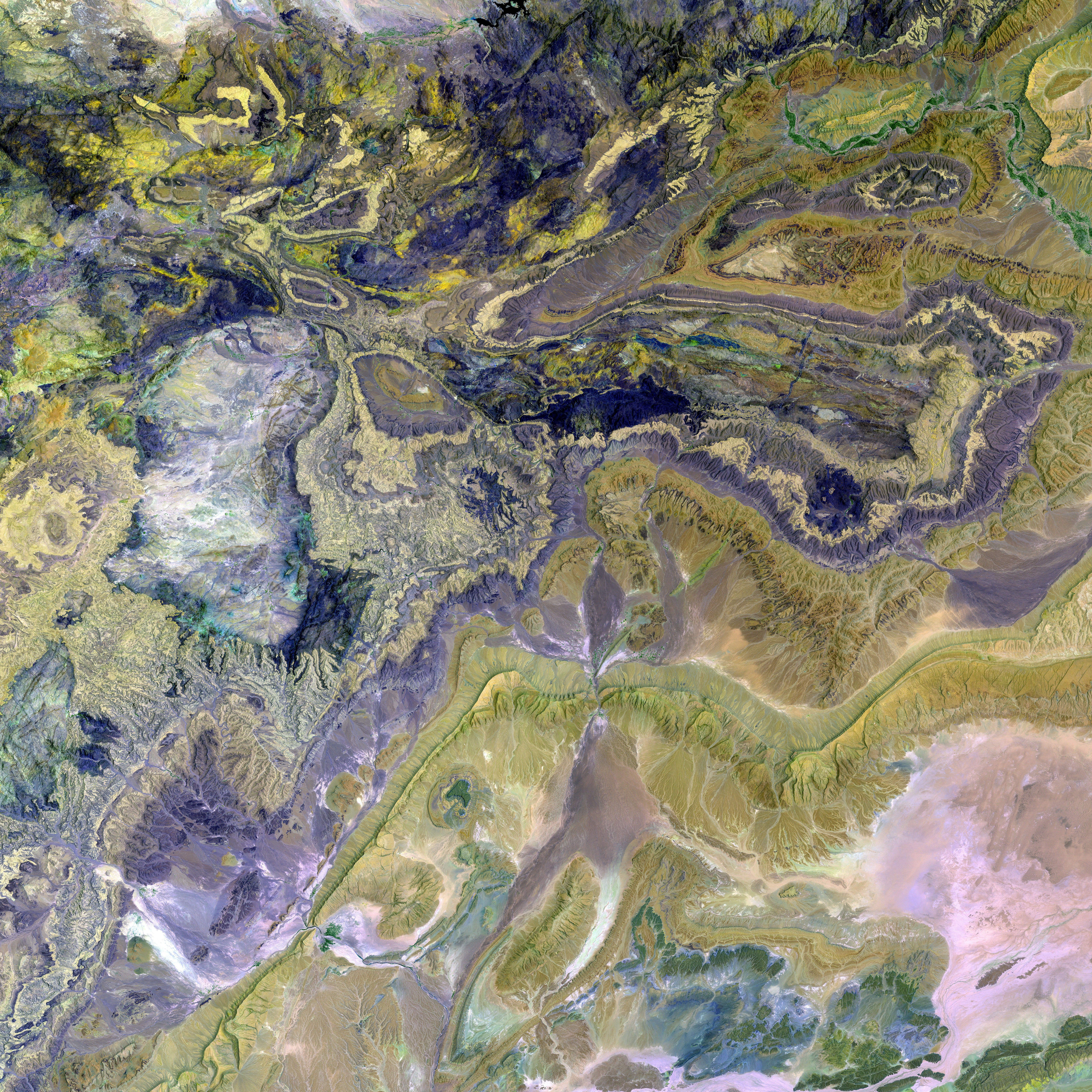Hamas' Underground Terror Network: Operation "Atlantis"
Since 2007, Hamas has constructed an intricate network of over 800 tunnels buried beneath the Gaza Strip. These tunnels serve as a hidden arsenal for the organization, storing ammunition, explosives, and rockets used in attacks against Israel. The extensive underground network, often referred to as the "Gaza Metro" due to its sheer size (over 500 kilometers) and utilization as a transportation system, also functions as a covert safe house for Hamas. Recent reports suggest that hostages kidnapped during the gruesome Hamas massacre in Israel remain imprisoned in some of these tunnels.
The IDF's Seaweed Strategy
In response to the terror tunnels' threat, the Israeli Defense Forces (IDF) has developed an innovative plan code-named "Operation Atlantis." Utilizing a system of large pumps, the IDF aims to flood Hamas' labyrinthine tunnel network with seawater. This operation has been in the works since mid-November 2022 and involves installing at least five powerful seawater pumps approximately 1.6 kilometers north of the Al-Shati camp in Gaza. This initiative is a pilot project, as flooding tunnels has never been attempted by Israel before. The final decision on whether and when to proceed with the plan has yet to be made.
Shackled by Risk
The most significant concern surrounding Operation Atlantis is the potential captivity of Israeli hostages within the tunnels. Acknowledging this, Israeli military experts reiterate their commitment to avoiding any flooding of tunnels containing hostages. In the past, Hamas is believed to have relocated abductees from the northern regions of Gaza to the south. The initial plan involves focusing on flooding only the northern tunnels, but the limitations of the seawater's permeability and the extent of seawater penetration into the ground are unclear.
Potential Consequences: A Delicate Balance
The potential impact of flooding Hamas's tunnel network with seawater remains uncertain. If successful, this operation may cause significant damage to the underlying structures and the buildings above. Civilian casualties could result if large sections of the ground collapse, leading to the subsequent collapse of adjacent buildings. Also, the area's water supply is at risk due to the presence of suspected massive weapon depots.
Gaza's Long History of Flooded Tunnels
It is not an unprecedented concept to flood tunnels in Gaza; in fact, Egypt had already utilized seawater to flood smuggler tunnels under the Rafah border crossing to the Gaza Strip back in 2015. However, this measure resulted in complaints from nearby farmers who had their crops damaged due to the saltwater infiltration. In general, military forces typically employ dogs or robots to explore tunnels for potential threats or hostages.
Author's note: When interpreted within the context of the wider conflict in Gaza, the proposed flooding of Hamas tunnels raises significant ethical and environmental concerns. Both the captivity of Israeli hostages and the impact on the environment necessitate careful consideration before executing Operation "Atlantis." The ramifications of such an operation could have far-reaching consequences on the local population and the ongoing fight against terror.








